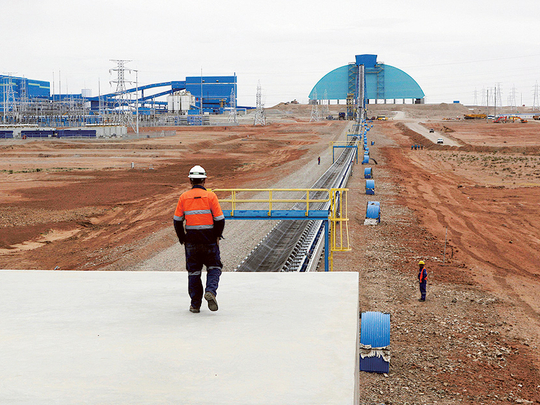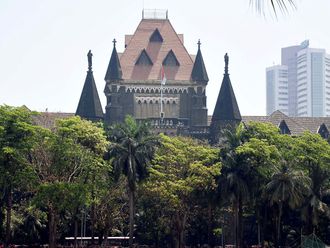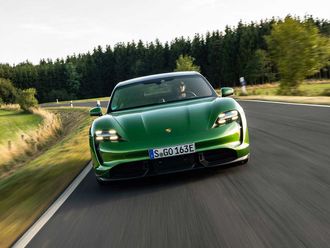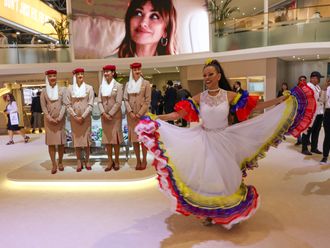
Sydney: Rio Tinto Wednesday reported a surge in annual net profit on the back of improving commodity prices in a strong turnaround from last year’s loss, and rewarded shareholders with a buy-back.
The world’s second-largest miner reported an annual net profit of $4.62 billion (Dh16 billion) for the year to December 31, compared to a $866 million net loss in the previous financial year when key metals prices plunged and Chinese demand slowed.
The result, which was slightly below analysts’ expectations, is a reflection of the brighter outlook for the mining sector amid the commodity upswing in late 2016.
The price of iron ore, Rio’s main commodity, has recovered from less than $40 a tonne just over a year ago to rising above $80 earlier this year.
“Today’s results show we have kept our commitment to maximise cash and productivity from our world-class assets, delivering $3.6 billion in shareholder returns while maintaining a robust balance sheet,” chief executive Jean-Sebastien Jacques said in a statement.
“We enter 2017 in good shape,” he added.
As part of the $3.6 billion return to shareholders, Rio declared a full-year dividend of 170 US cents per share and a share buy-back of $500 million this year.
While the dividend was 21 per cent lower than the previous year, it was above market forecasts of about 140 US cents.
The full-year amount was also higher than the minimum 110 US cents flagged by Rio last year.
Capital spending, which came in at US$3.01 billion for 2016, was expected to be about US$5.0 billion this year and about US$5.5 billion each in 2018 and 2019, Rio said.
Underlying profit, a measure the Anglo-Australian giant prefers, came in at US$5.10 billion, a 12 per cent increase from the prior period.
The underlying result was ahead of consensus, which was about US$4.9 billion.
Shares in Rio closed 0.81 per cent higher at Aus$65.69 in Sydney ahead of the release of the results.
Positive outlook
“The big improvement in the year was cost-cutting,” Fat Prophets resources analyst David Lennox told AFP.
“They managed to pull out $1.2 billion in costs, which I suspect most pundits wouldn’t have been expecting.”
Prices in key commodities such as steelmaking ingredient iron ore have soared in recent months, supporting producers, with shares in Rio Tinto jumping more than 60 per cent from a year ago.
Before the recent rebound, miners had slashed spending, sold assets and wound back capital expenditure to combat market headwinds as commodity prices tumbled.
Rio last month sold most of its Australian coal assets to China-backed Yancoal in a deal worth up to $2.45 billion as part of a divestment drive that analysts said would lead to a complete exit from the sector.
Lennox said the outlook for Rio was positive, amid expectations of infrastructure growth in not just China but also the United States and India.
“We’ve got three pressure points now on pricing, whereas over the last three years, we’ve really only had China,” he added.
The World Bank said in its commodities forecast last month that most prices appeared to have bottomed out last year and were on track to climb in 2017.
The bank projected metals prices to rise by 11 per cent this year, up from an earlier forecast of 4 per cent.
One of the few clouds hanging over Rio is the possible impact of investigations by regulators over $10.5 million in payments linked to the world’s biggest untapped iron ore deposit in Guinea.
The miner said the outcome of the investigations and any related litigation was “subject to a number of significant uncertainties” and “could ultimately expose the group to material financial cost”.












